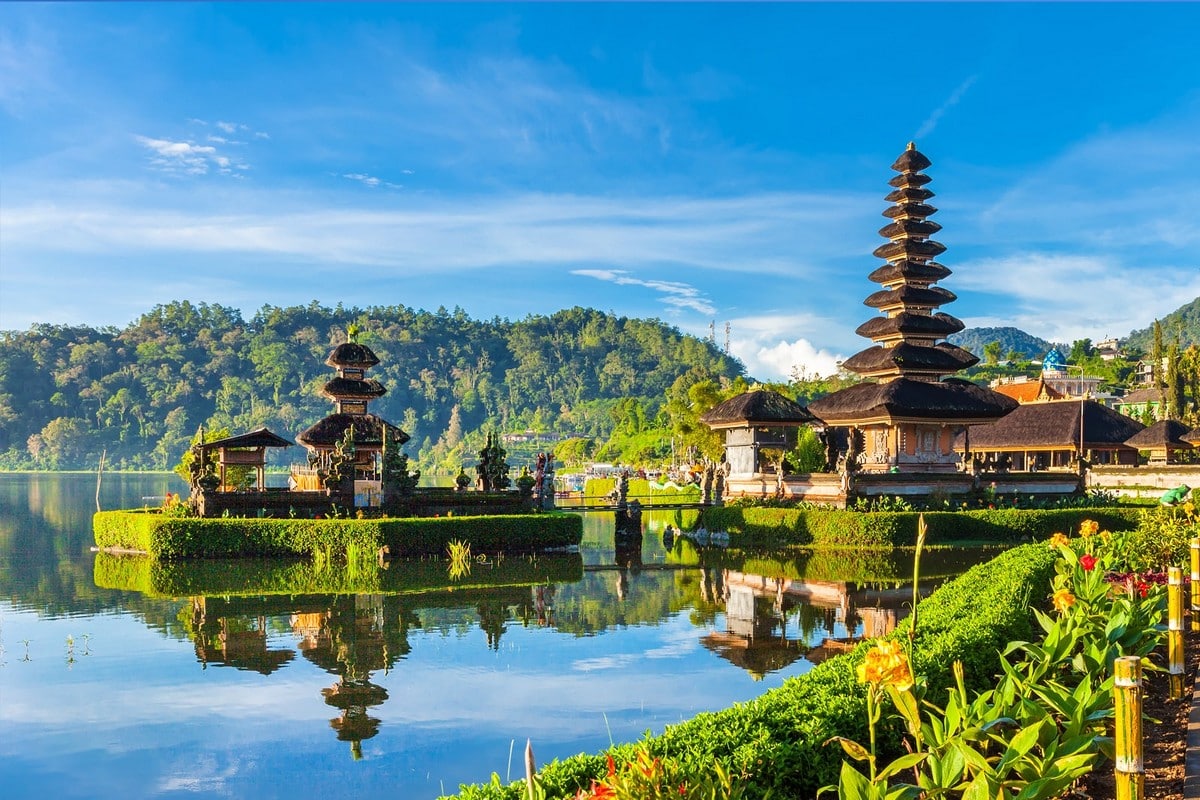Indonesia is a part of the Southeast Asian mainland and is situated in the Pacific and Indian oceans. The world’s largest archipelago lies across the Equator. It comprises five main islands and 30 smaller archipelagoes. Overall, Indonesia has 18,110 islands and islets. Only about 6,000 of the islands are inhabited. Its capital is Jakarta. Indonesia’s former name was Dutch East Indies, which was given after the Netherlands colonized it. East to west, the country measures 3,200 miles, while north to south, its total area covers 1,100 miles.
Indonesia is known for its glorious beaches, numerous volcanoes, coffee, rubber, cocoa, cultural heritage, and rich biodiversity. The country is diverse and unusual, with more than 600 ethnic groups, a huge population, temples, and unique animals. The tourist destination has several popular islands, such as Bali, Sumatra, Sulawesi, and Java.
One of the World’s Most Famous Islands
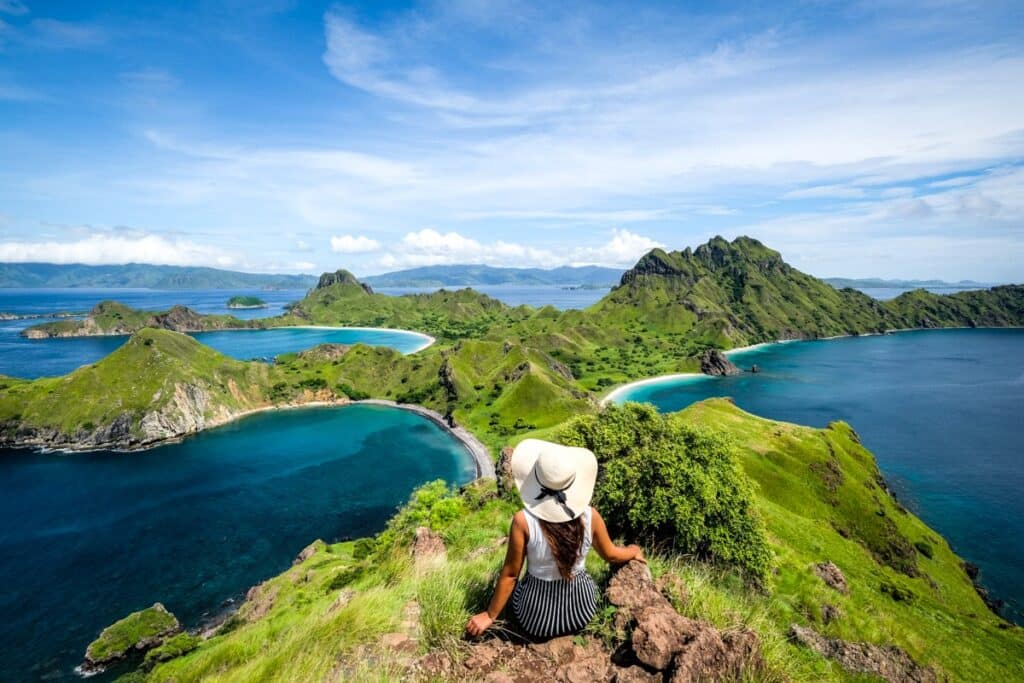
Bali is one of the world’s most popular destinations. Visitors flock to Bali for its tropical weather, arts and crafts, luxurious lifestyle, traditional dances, waterfalls, and marine life. The island is dotted with intricately-carved Hindu temples such as the Pura Lempuyang Luhur. Bali has two active volcanoes, Mount Batur and Mount Agung. Bali’s undulating rice terraces in Ubud, spanning 20,000 hectares, are a remarkable sight, efficiently irrigated by a local system called Subak, a UNESCO World Heritage Site. Of course, you cannot forget the beaches, and in Bali, you have different choices—sunbathing on beaches, surfing, swimming, and snorkeling.
Plenty of Active Volcanoes
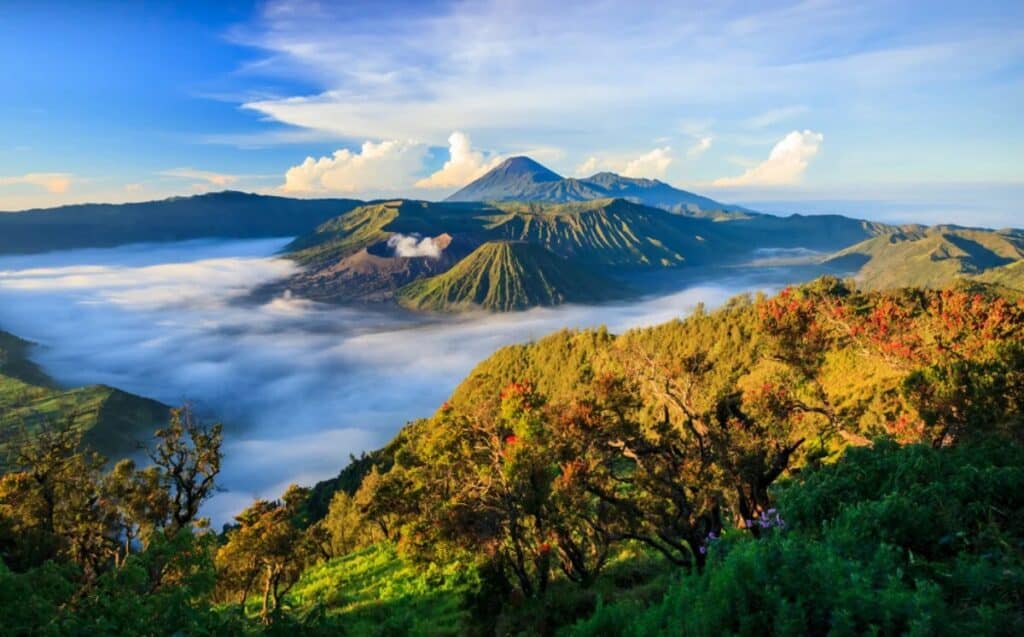
Indonesia is within the Pacific Ring of Fire, and volcanoes are a common sight all over the country. Indonesia has 147 volcanoes, and 76 of them are active. The volcanoes are impressive and scenic, which attract thousands of visitors annually. The well-known ones include Mount Bromo and its majestic panorama, Kelimutu with three colorful crater lakes, the 3,000-meter high Mount Agung, the world-famous Krakatoa, and Mount Ijen with its blue-colored lava. Most of the eruptions are massive and devastating, but the eruptions of Mount Tambora in 1815 and Krakatoa in 1883 cooled the Earth’s temperature for many years.
Religion Unites Most of Indonesia’s Population
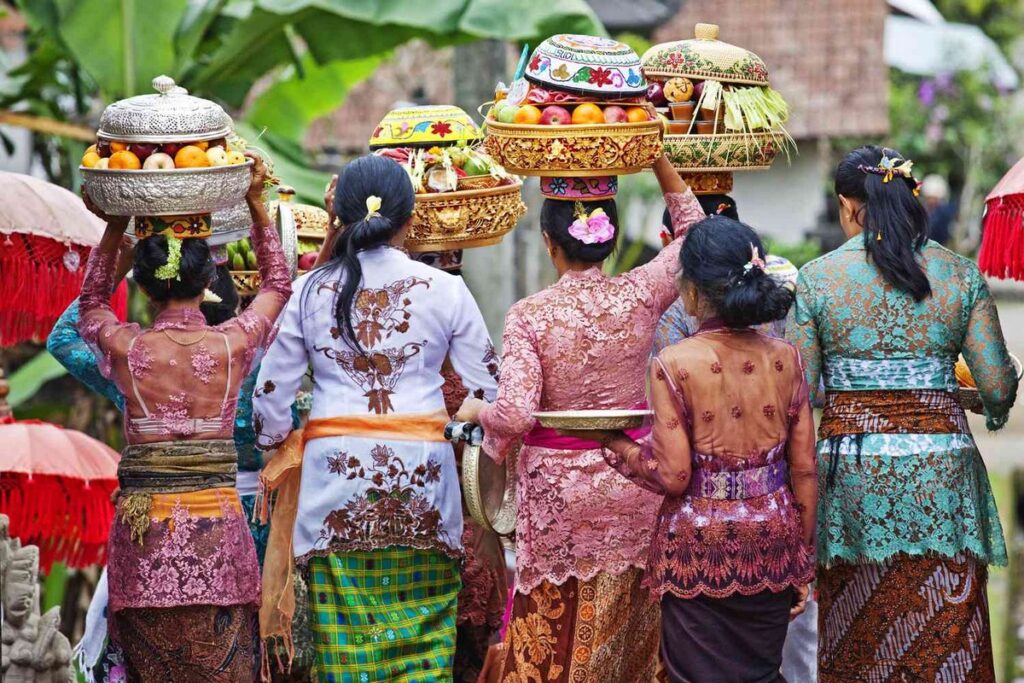
Most of the population in Indonesia is Muslim. The projected population (2023) in the country is 277,534,122. Out of this, 229,000,000 are Muslims. These numbers give the country the distinction of having the world’s largest Muslim population. The country did not pass any law forbidding its inhabitants to follow any religion, but it will not tolerate atheism. However, in the remote areas of the country, residents practice animism. The Islamic religion spread to Indonesia via the Arab Muslim traders’ merchant activities, the influence of Sufism from the 13th century, the adoption of Islam by local rulers, and, recently, internal migration.
Indonesia’s Living Dragons
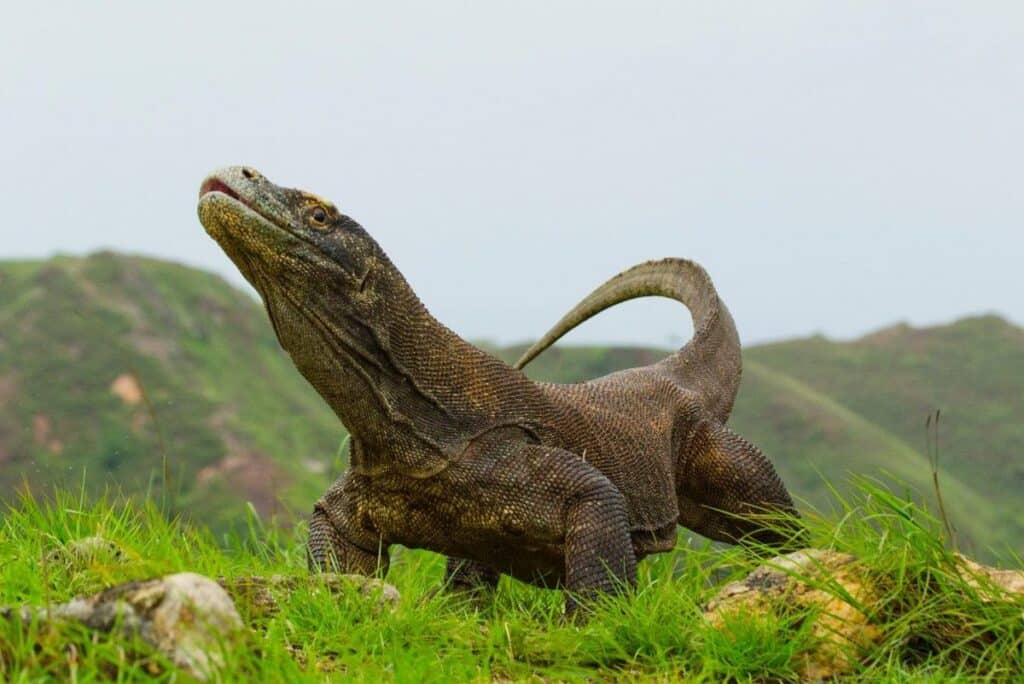
Traditionally, dragons are mythical creatures. But in Indonesia, specifically in Komodo Islands, Gili Motang, Flores, and Rinca, the most famous endemic residents are the Komodo dragons, the largest extant lizard species. The animals can reach a maximum length of ten feet and weigh around 154 pounds. In addition, they are good swimmers and runners. The fearsome-looking giant lizards, over 2,450 of which live at the Komodo National Park, a World Heritage Site, are now on the endangered list since 2021. The most recent report shows only about 3,500 individuals (adults and juveniles) are in the wild.
Home to Several Endemic Flora and Fauna
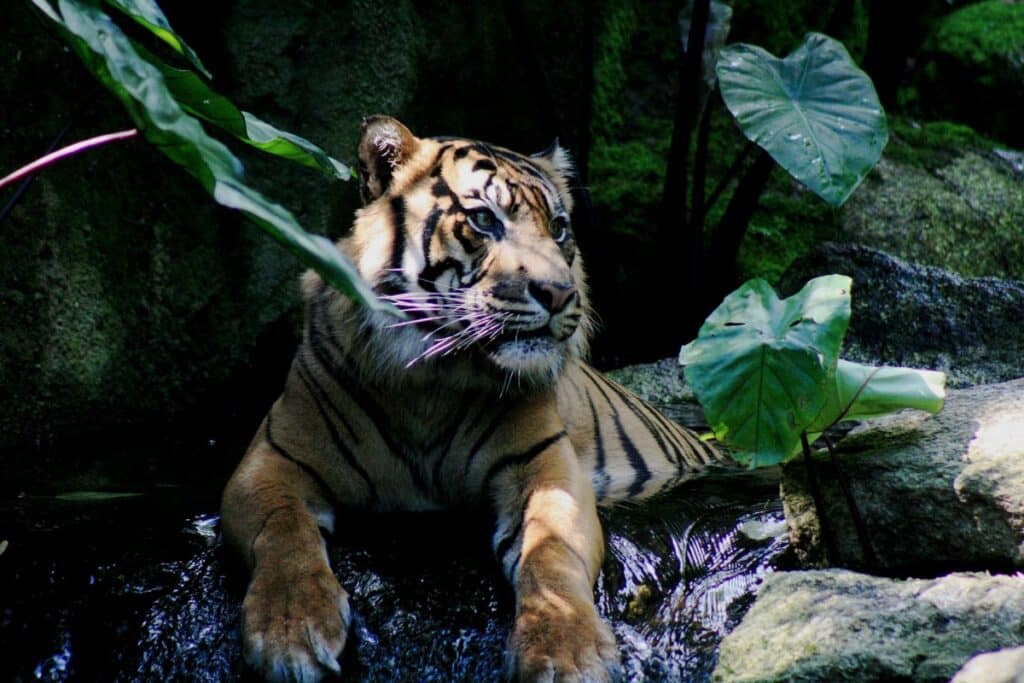
Borneo is Asia’s largest island covering about 743,330 square kilometers. Three countries own a part of it—Brunei, Malaysia, and Indonesia. The biggest land area belongs to Indonesia. Borneo is a highly biodiverse island covered with thick rainforests. Because of its isolation, many of its flora and fauna are endemic and will not survive outside Borneo. According to WWF, 44 of the 222 mammals on the island are endemic. There are also 37 endemic birds and 19 endemic fish. Its rainforest is home to about 15,000 plants, and 6,000 of them only thrive on the island.
A Mystical Buddhist Temple
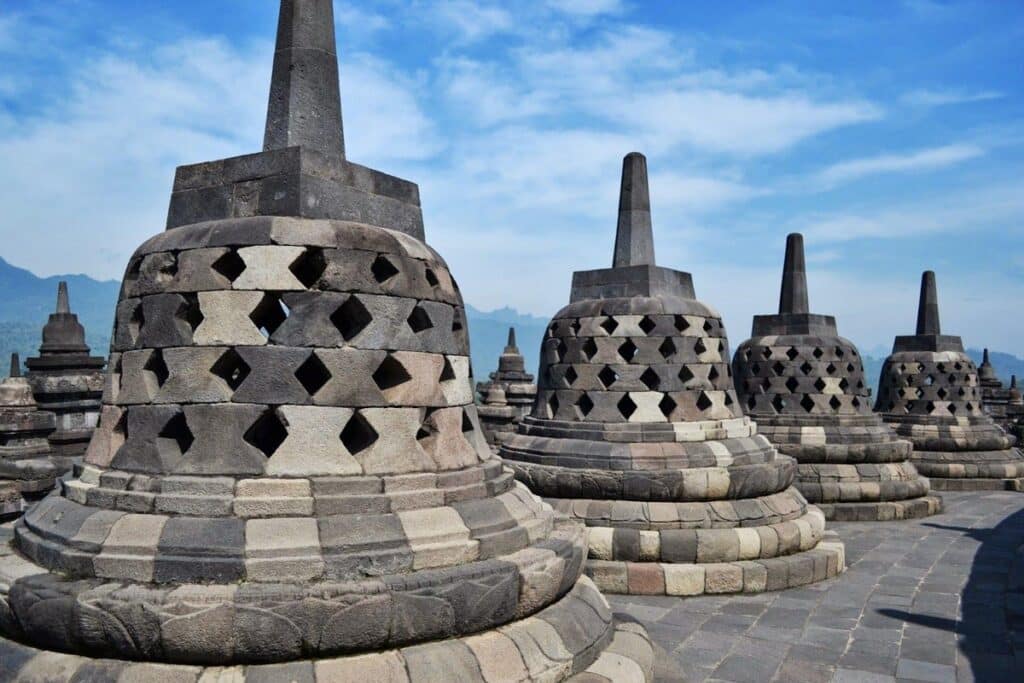
You can find a few Buddhist temples in Indonesia despite being a predominantly Muslim country. One temple known worldwide is Borobudur, which is the world’s biggest Buddhist temple. The temple is in central Java. The mandala-style temple, built around the 8th century, was lost for a millennium, covered with volcanic ash and thick vegetation before English lieutenant governor Thomas Stamford Raffles rediscovered it in 1814. It was restored between 1907 and 1983. Its most recognizable feature is the 72 bell-shaped perforated stupas, each with a statue of Buddha inside. The stupas, arranged in three concentric circles, surround the central dome.
Haven for Fried Rice Lovers
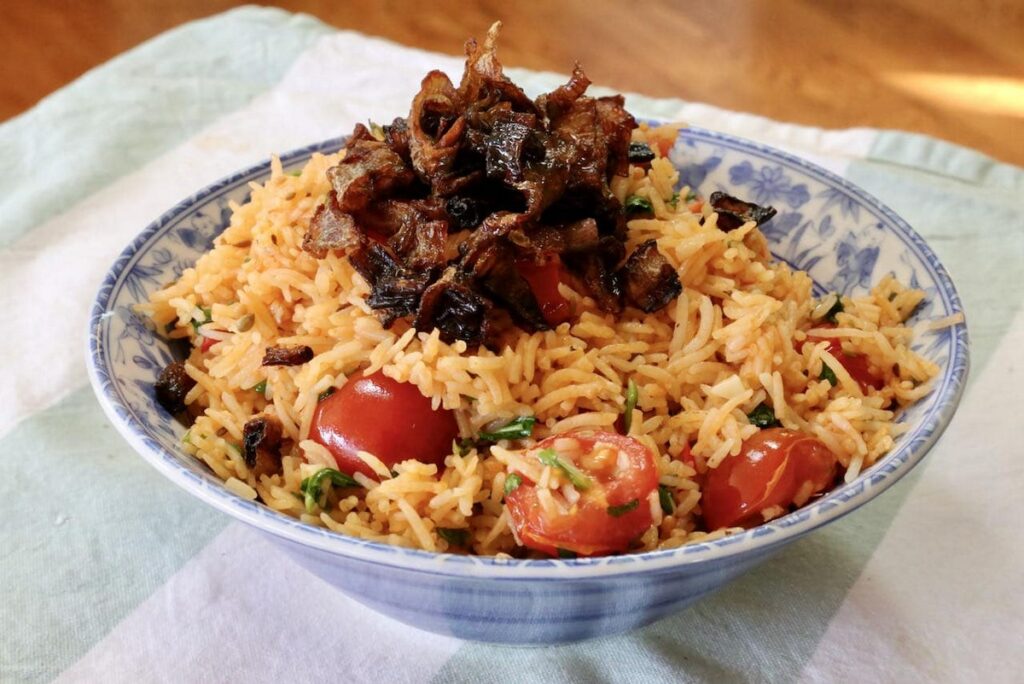
Indonesian cuisine comprises complex flavors because of the use of various local ingredients. The food can be bitter, sweet, salty, or sour, complemented by spicy, hot, and savory flavors. One food item you should not miss is its national dish, Nasi Goreng. Do not think of it as plain fried rice. Nasi goreng ingredients include thick, sweet soy sauce (kacap manis), chili or sambal, shallots, garlic, chicken/beef slices or shrimps, celery, fish sauce, and shrimp paste or dried shrimp. Sliced cucumber and tomatoes, and fried egg, complete the dish. Be sure to ask because some people make very spicy nasi goreng.
The World’s Most Expensive Coffee
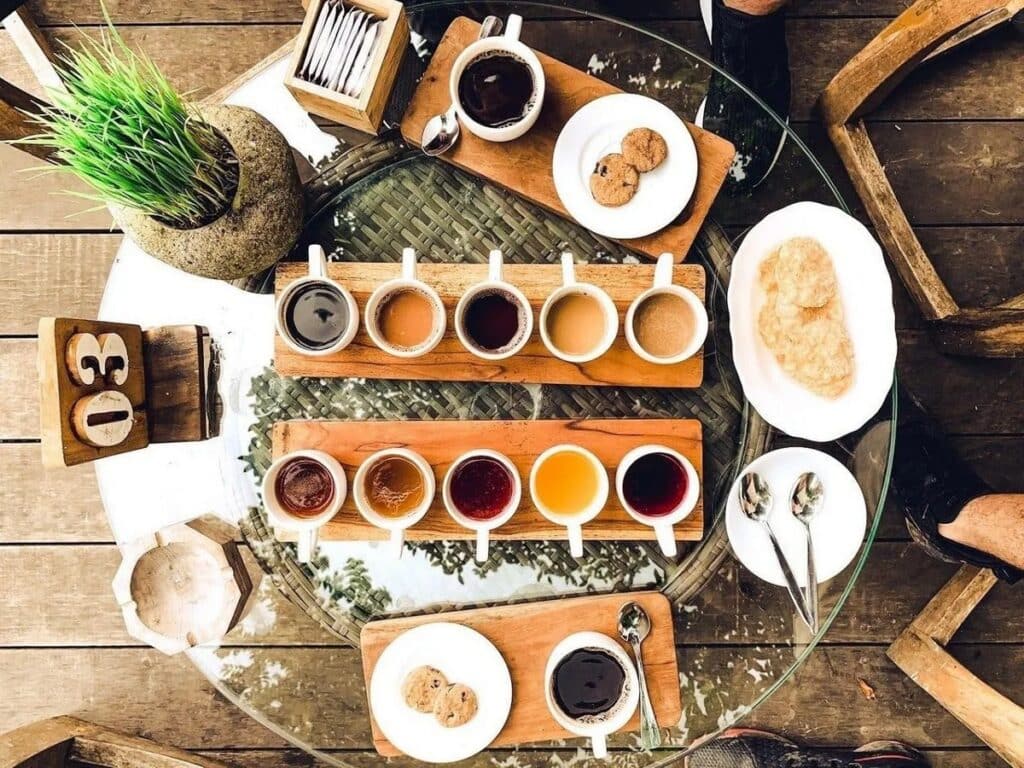
Coffee lovers know that Indonesia’s specialty coffee is the most expensive in the world. We are talking about Kopi Luwak or civet coffee. It starts with regular coffee cherries. The cherries become special once the Asian palm civet eats them. Indonesians believe the civet only chooses the ripest and best coffee cherries. The animal later excretes the partially digested coffee cherries. The civet’s intestinal juices ferment the cherries and alter their composition, providing the coffee with a different flavor. The fermentation process reduces its caffeine content in half and gives the coffee a better and more desirable aroma and taste.
Fall in Love with Batik
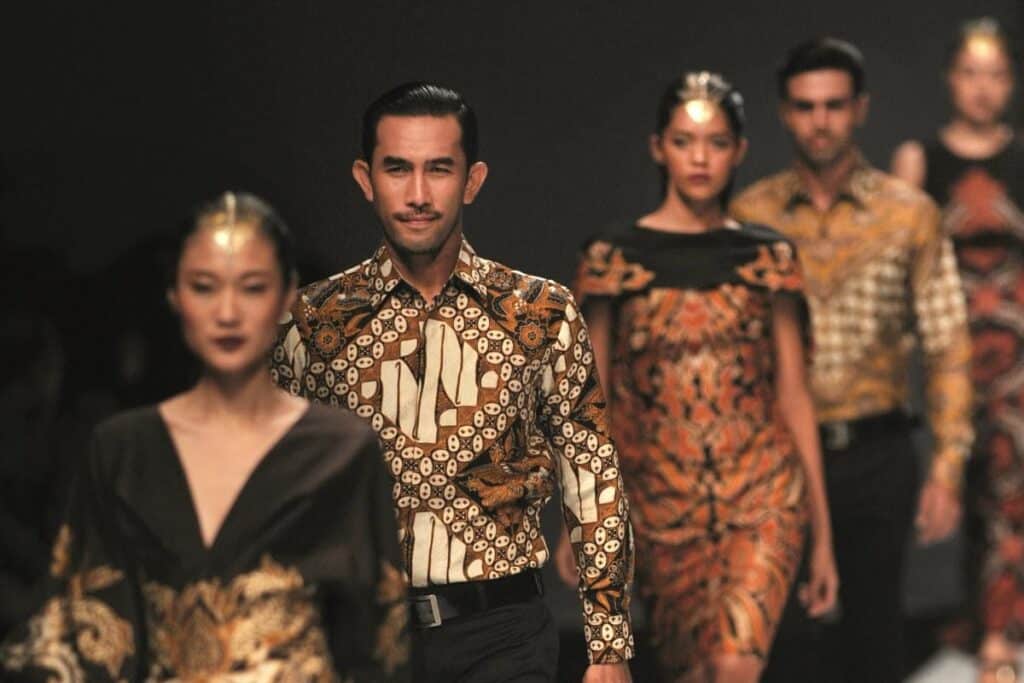
Batik is an iconic fabric you can find in several Asian countries, but the most popular is Indonesian batik, particularly those coming from Java. Batik is a way to dye cloth by blocking out specific areas with hot wax to form intricate designs. The batik technique in Indonesia is on the UNESCO Intangible Cultural Heritage of Humanity list. The batik process in Java is the most developed based on technique, pattern, and workmanship quality. They only use the stamp and write processes to create patterns with deep philosophical meanings, featuring cultural assimilation, with black, gold, and brown as the main colors.
Get to Know Babirusa
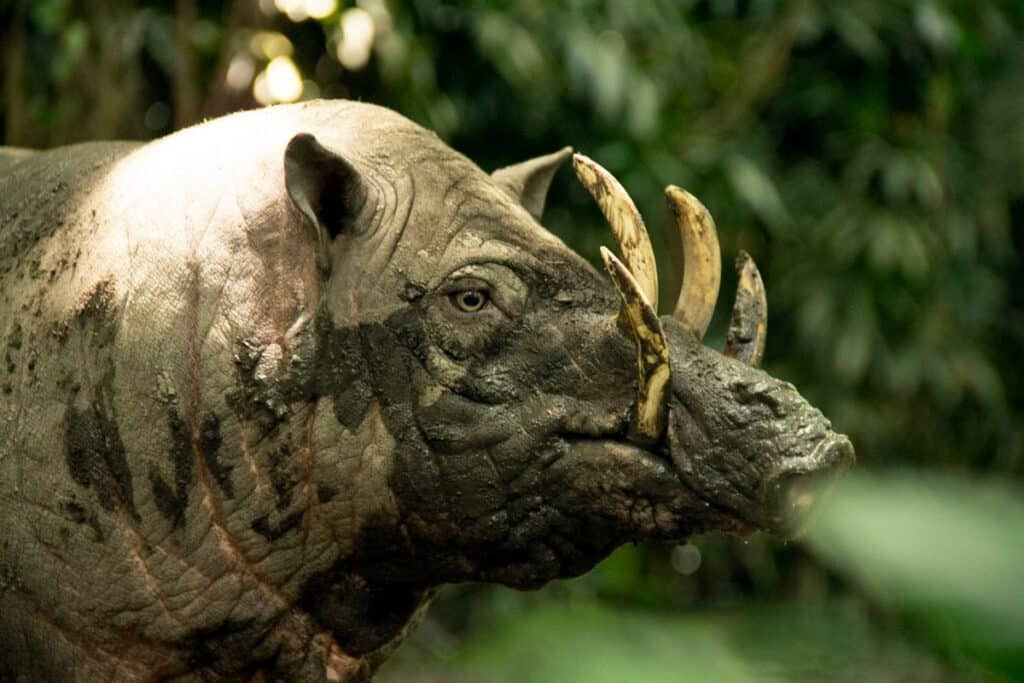
You will find plenty of unique things in Indonesia. One is the babirusa or deer pig that looks slightly like a wild boar. The animal, endemic to Indonesia, only inhabits the islands of Buru, Sula, Tongian, and Sulawesi. Babirusa looks prehistoric because of the male’s prominent canine tusks. The babirusa’s upper canines grow upward, piercing the top of its snout before curving backward close to the forehead. The female babirusas do not have upper canines. However, the tusks are useless as offensive weapons because they are loose and brittle, but researchers believe they provide a bit of face protection.
Go Island Hopping Every Day
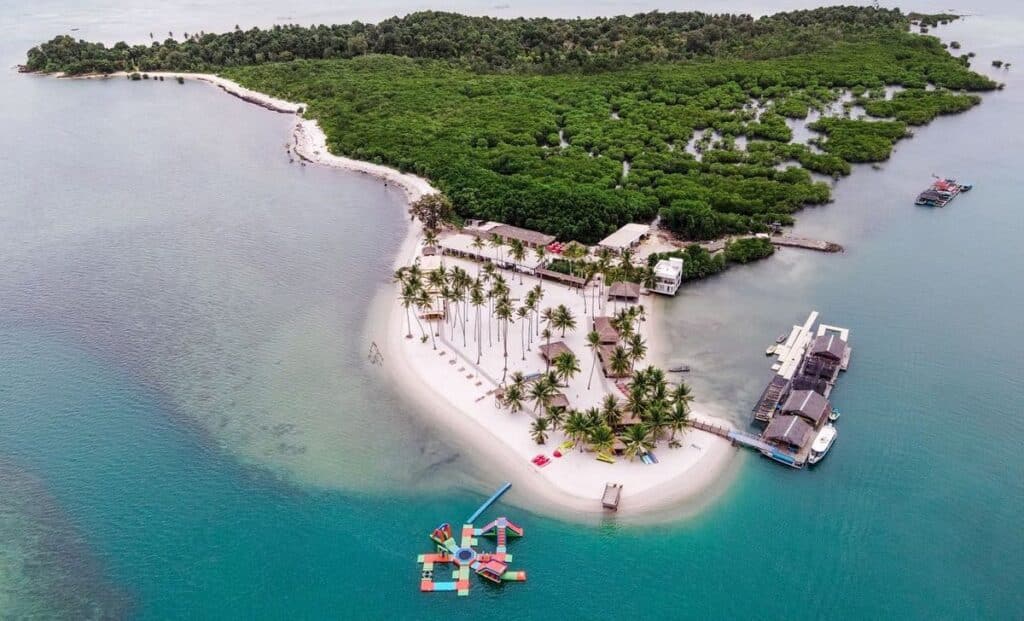
With the thousands of islands comprising Indonesia, it is possible for you to go island hopping every day. Tour experts calculate that it will take about 49 years if you visit one island per day. Each of the 6,000 inhabited Indonesian islands has its particular characteristics and charm. Thus, it is up to you to choose which vibe you prefer. You can visit an island for its party scene, snorkeling, surfing, traditional dances and events, or beautiful handicrafts. Top island destinations offering different faces of Indonesia are Lombok, Sumatra, Padar, Raja Ampat islands, Mentawai, Bali, Gili islands, Seram, and Wakatobi.
Surf All You Want
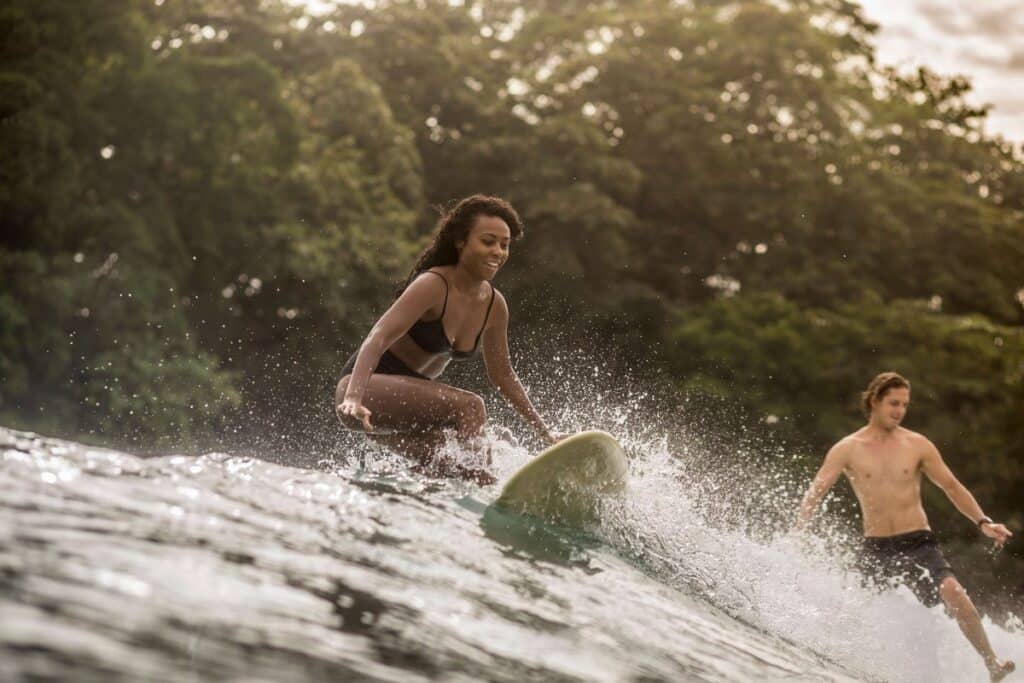
Surfing is one fun and exhilarating activity that draws thousands of visitors to Indonesia. The country has more than 61,567 miles of coastline, most of which face the Indian Ocean. Most surfing enthusiasts love the challenge of the waves in Uluwatu, the quieter Kuta Lombok, and the barrel waves in Mentawais, Plengkung Beach (G-Land), Sumbawa, Canggu, and Desert Point. Each destination presents a different challenge, as well as accommodation and amenities. The best time for surfing in Indonesia is from April to October. But ensure that you check which surfing destination matches your surfing skills.
Choose to Be a Beach Denizen

Indonesia’s very long coastline ensures that the country has numerous beaches. Most are white sandy beaches, although you can find other beaches with different-colored sand, which are equally fascinating. Some of Indonesia’s beaches, such as the Ora Beach at Maluku or Seram Island, received the best beach rating. If you decide to stay longer and start beach hopping, these are excellent destinations: Seminyak Beach, Sanur Beach, Bingin Beach, and Tembeling Beach in Bali. Moreover, you can visit Gili Trawangan in Lombok, the Pink Sand Beach at Komodo National Park, Sumatra’s Tanjung Tinggi Beach, and Sunset Beach in Gili Islands.
Get the Chance to See Its Iconic Orangutans
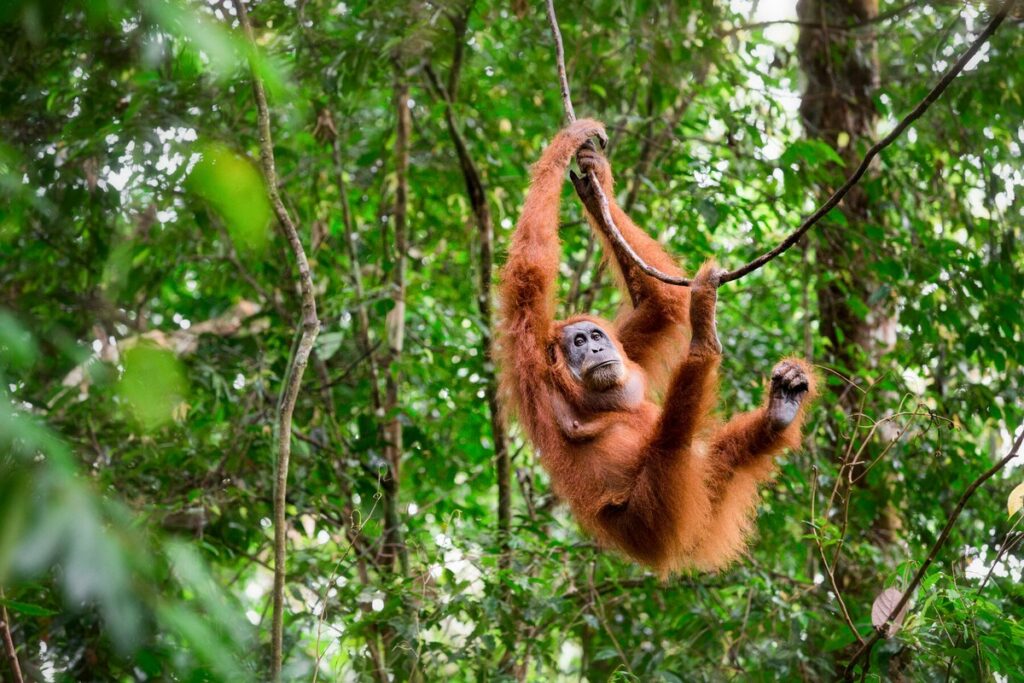
Orangutans exclusively live in the tropical rainforests of Borneo and Sumatra in Indonesia. In the local language, the name means a person of the forest. The unique, orange-haired orangutans are primates belonging to the great ape family, sharing DNA with humans, bonobos, chimpanzees, and gorillas. However, they are solitary creatures, and the orangutans in Sumatra are arboreal. Orangutans are smart animals and can use tools and display complex emotions. They are critically endangered, with about 120,000 left in the wild. Their diet consists mainly of fruits, but they also eat tree bark, soil, insects, young leaves, small vertebrates, and eggs.
Savor Tea Culture at Its Finest
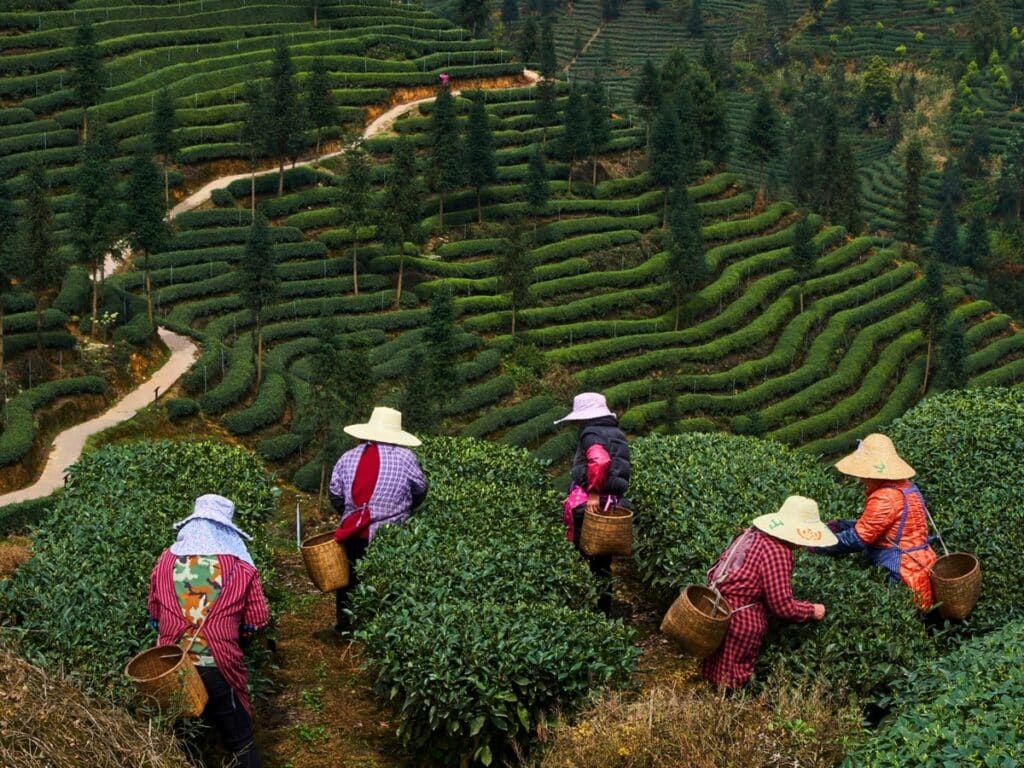
Indonesia is the world’s 7th largest tea producer, and the tea market considers Indonesian tea as one of the best. The tea-growing regions in Indonesia produce teas with different characteristics, and while the product makes Indonesia famous, the tea plantations are crowd drawers, too. Indonesia’s top seven tea estates maintain tea gardens and offer wellness, sports, and homestay packages. Indonesia mainly produces black-leaf tea from the plantations in Malabar, Taloon, Santosa, Cibuna, Gunung Dempo, Gunung Rosa, and Bah Butong. Make sure to try drinking black tea the Indonesian way—sweetened with plenty of sugar but not stirred.
